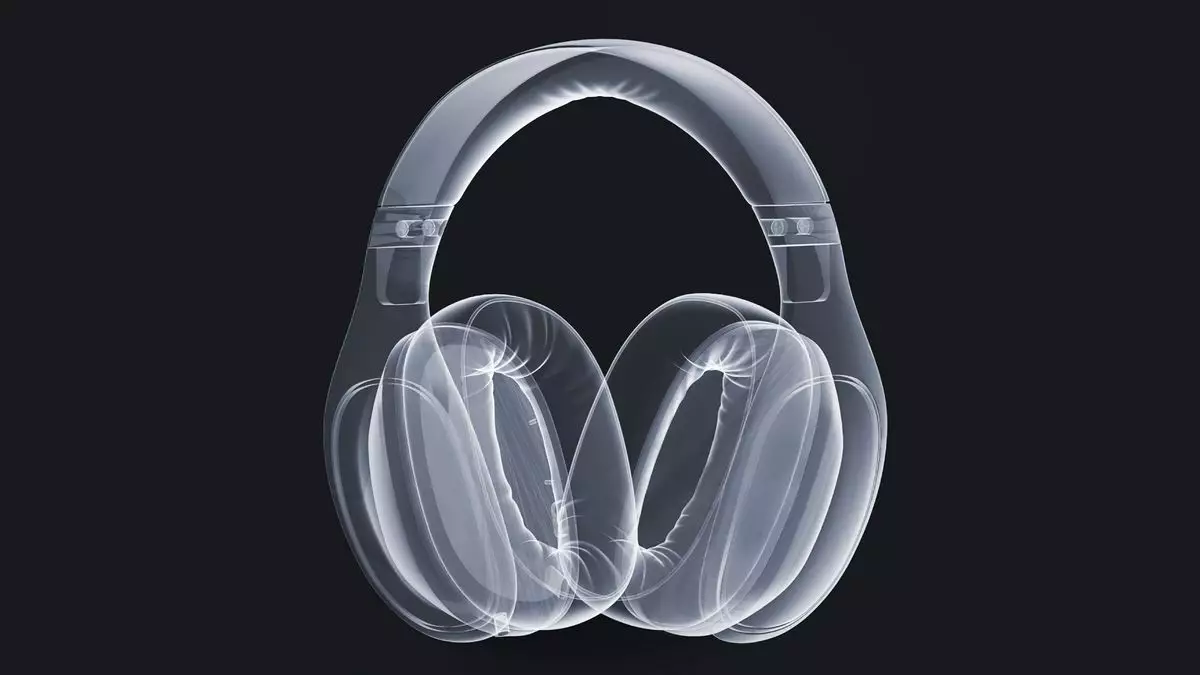Sound is often taken for granted, dismissed as just a series of vibrations that oscillate through the air. Yet, this seemingly simple phenomenon masks a world of intricacies that continue to baffle and amaze scientists. Think about the acoustic horrors of a bustling café: conversations blend into a chaotic symphony, where distinguishing one voice from another can feel impossibly difficult. Now, imagine if one could manipulate this chaos. Recent research from the Penn State College of Engineering unveils a transformative technology that does just that—transmitting sound in such a way that it can only be heard by select listeners, creating ‘audible enclaves’ that challenge our traditional notions of shared audio space.
Understanding the Mechanics
At the heart of this groundbreaking technology lies ultrasound, mirroring a magician’s trick: invisible to the naked ear until the moment it converges. Defined as sound waves with frequencies exceeding 20 kHz, ultrasound occupies a realm beyond typical human perception. The researchers at Penn State discovered a way to harness two intersecting beams of ultrasound and manipulate their frequencies, generating audible sounds only at the intersection point. This is not merely a neat trick; it represents a radical rethinking of sound distribution.
Professor Yun Jing’s explanation of the current methodology showcases the ingenuity behind the design. Utilizing two ultrasound transducers alongside an acoustic metasurface, the system emits self-bending beams. Importantly, this fosters a space where sound can be perceived once you occupy the precise zone formed by the intersecting waves. Individuals nearby, however, remain blissfully ignorant of the auditory cues exchanged within this auditory enclave. The technology ingeniously establishes a sound barrier that can preserve the sanctity of private conversations or experiences, making it an unparalleled asset in environments where quietude and concentration are paramount.
From Concept to Reality: The Challenges Ahead
While the concept of an acoustic virtual reality headset tantalizes the imagination, we are, unfortunately, still stuck in the embryonic stages of this technology’s evolution. Current limitations tether the range of sound transmission to a modest area of approximately three feet. It is undoubtedly exciting to envision a day when those three feet span entire rooms, maybe enabling silent exchanges during crowded events or personal museums that communicate tailored narratives without disturbing others. Yet for now, bulky equipment and spatial limitations complicate the practical application.
Jia-Xin Zhong, another advocate for this avant-garde research, encapsulates the technology’s appeal best—implying it creates a context in which sound behaves like a whisper only meant for you. This paradigm shift beckons a future replete with ‘sound special effects,’ where one could possibly engage with art and culture in a manner previously considered unimaginable. One could absorb intriguing stories conveyed through selective sound channels that do not overlap, forever altering the experience of public spaces.
The Final Frontier of Acoustic Innovation
As we stride into a new era defined by personalized experiences, the implications are profound and varied. Imagine the ramifications for education, where students could engage with tailored lectures in a publicly shared space without the distraction of surrounding noise. The practical applications raise intriguing questions around privacy, engagement, and the very fabric of our auditory environments. It compels us to ponder: as we embrace this sonic evolution, will we lose the essence of collective experiences forged amidst the clutter of sound?
Though practicality seems to hold the keys to the kingdom, it is the creative potential of this technology that should elicit the most excitement. Who wouldn’t be fascinated by the prospect of sending sonic messages to each other while a crowd flits by, entirely unaware? However, the thought of reverting to simple, comfortable devices like headphones isn’t entirely dispiriting. The allure of such sophisticated innovation outweighs the drawbacks, and by pondering the endless possibilities, we march toward a futuristic landscape—a world where whispers travel and creativity knows no bounds.
In a society that constantly seeks to fragment noise and chaos into manageable proportions, technologies like those pioneered by Penn State symbolize a quintessential leap forward. Echoes of the future seem to grow stronger with each passing discovery, revealing just how extraordinary the science of sound can truly be.

